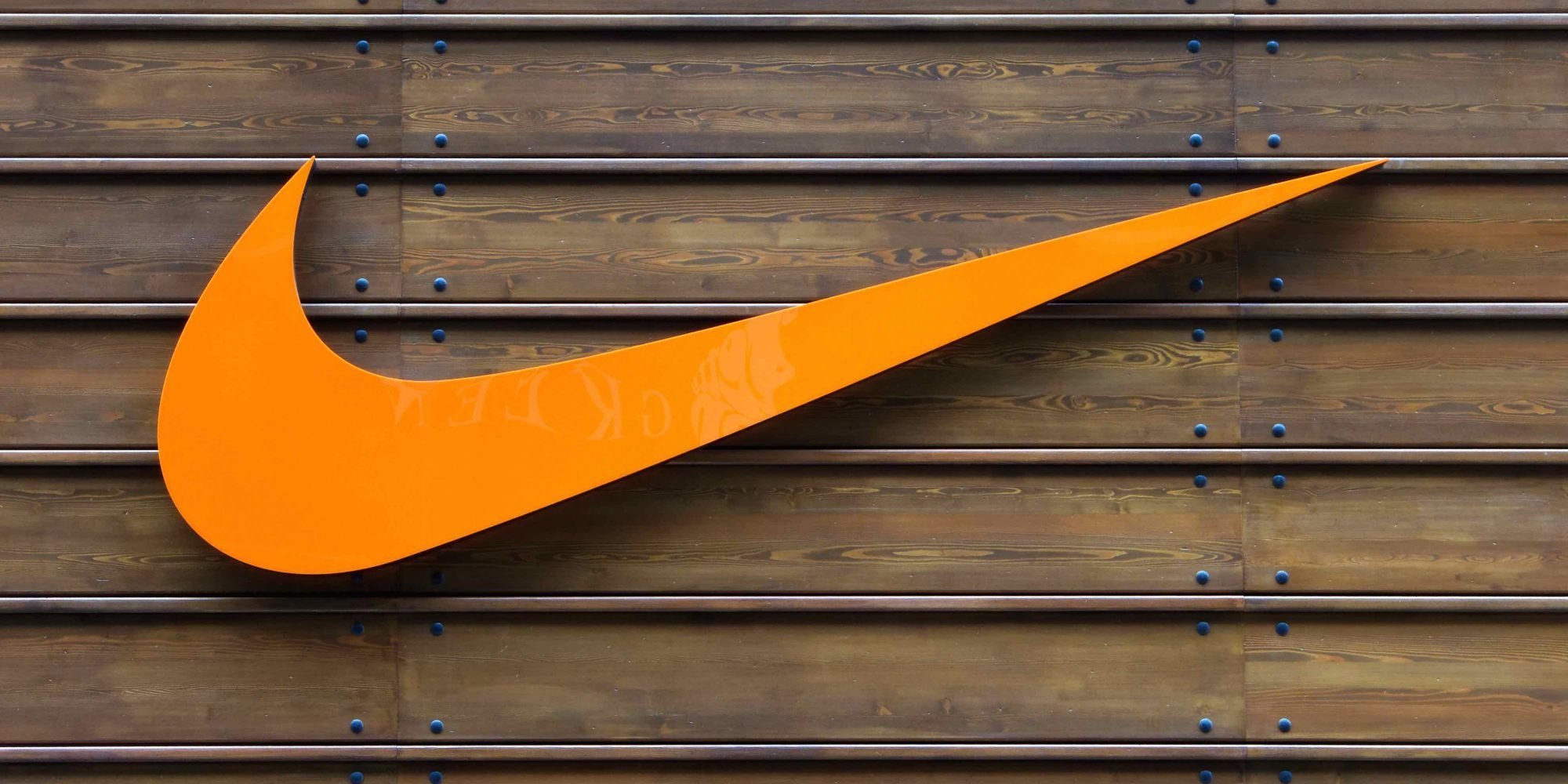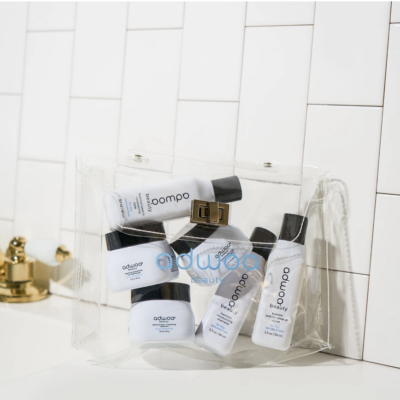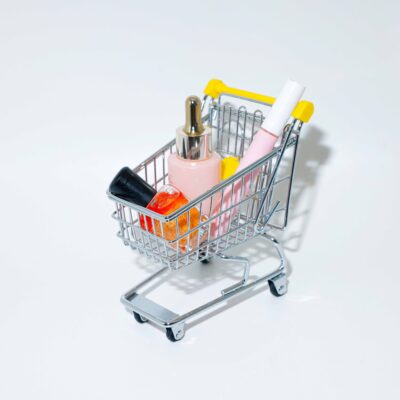
Indie Beauty Brand Founders Talk Trademarking And The Costs Involved
In this edition of Beauty Independent’s ongoing series posing questions to beauty entrepreneurs, we ask 14 beauty brand founders and executives: What have you trademarked, and how much did trademarking it cost you?
- Sylwia Wiesenberg Founder, Bawdy Beauty and Dope Naturally
You must trademark to protect your branding and identity. It is a long and costly process, especially when you use a law firm. I don’t remember exactly what it cost, but I know I paid over $10,000 since I used trademark lawyers and, yes, it is worth it. The reason it is so important is, in the process of trademarking, you find out if there are other brands with the same name or a similar name that might, or certainly will, go after you once you grow and achieve some level of success.
- MARY WARE Founder, Minimo Skin Essentials
The trademark process has been a nightmare for us because our name conflicts with a trademark already filed, and no conflict was found with the initial trademark search. And “similar” means the first five letters match the name of another business. This is our second trademark attempt with the brand, so our current name is a DBA filing (doing business as Minimo Skin Essentials).
The process has cost over $3,000, including filing fees, appeals, attorney statements, and is still ongoing. A trademark is absolutely necessary for many of the advanced options we want to do such as Brand Registry with Amazon.com. So, unfortunately, we will be continuing to work with our attorney until the trademark process is complete.
- Kristen Heaton Founder, Crave Naturals
I have several trademarks for our brand, which include the brand name being used for various products/categories. I also have trademarked terms that we use throughout our brand. I just started applying for trademarks in countries such as Canada and the U.K., and we will be looking at more in the new year. When we have a new trademark, we always register in the U.S. first.
I have used Trademarkia.com for some of my trademarks as well as an independent trademark attorney. I've found the cost to be relatively inexpensive for the protection it gives you. I believe each trademark we have has cost us $600 to $1,000.
- Lori Gildea Founder, ThePureBag
As a business owner, you need to protect your business in various ways. In terms of intellectual property, a patent is important, and I have one in process. However, a trademark will most likely be your top IP asset. Why? Your trademarked logo is your brand. Brand = promise (what your company stands for). This is critical to own the brand/brand promise as it is uniquely yours, and no one/no company can take that away from you or encroach on your turf. Think Nike and their swoosh. All you need to see is the design, and you equate it with sports apparel leadership and quality. That is powerful stuff.
I’ve trademarked our logo and tagline to protect my brand and company. The cost can range into the thousands of dollars and depends on geographic coverage. Right now, I secured my brand/logo registration with the U.S. Patent and Trademark Office (USPTO) for protection in the U.S. Global registration is the next step and will bring another level of protection as the business builds and grows beyond the U.S. borders.
- Lynette Reed Co-Founder, Fluid Fragrances
We are in the process, but it hasn't gone smoothly. We used LegalZoom and, at this point, we have been challenged because the word "fluid" is just a word. I ran into this same issue with Illume back when I first went to trademark that. Eventually, it worked out. It just means more money that now needs to be spent to get this done. We don't have plans to trademark anything else other than the brand name. So far, it's cost just under $1,200, but I have a feeling we are about to spend quite a bit more.
- Joshua Neumann Founder, Kind Lips
I have trademarked the name Kind Lips in the U.S. and in Japan. I did the U.S. trademark on LegalZoom, and found it to be very simple and cost a few hundred dollars. For the international trademark, I did hire a law firm and the cost was $1,000.
- Grace O’Sullivan Co-Founder, Avoila
We trademarked our wordmark and symbol together for $275. We wanted to do both because our symbol represents our brand and formulation. The symbol is three overlapping avocados with branches and flowers below that represent the botanicals that support the avocado oil in our formulation.
- Kathy Chou Founder and CEO, Selfkaire
We have trademarked our brand name and product names, and will continue to do so. The cost is around $1,000 per application (added cost for trademarking overseas). I believe in affectionately naming every product I release for the added touch of personalization and differentiation. The personalization extends to both the end user and the product, and helps bring our products to life.
- Tracy Golbourne Founder, Fortifyd Natural
My logic is trademarked (name and image) at the recommendation of my lawyer, $500.
- Melissa Arredondo Founder and CEO, BEAUTÉNOTIONS
I have trademarked both my brand name and product names. The total cost for just one trademark will vary depending on how far in advance you file. If your product isn’t ready to go to market, you will have to file extensions until you are selling your product, followed by a separate Statement of Use.
The initial filing fee was $275. The extension cost is $125, and it must be refiled every six months. If you delay filing your Statement of Use, it's an additional $100 filing fee. Keep in mind that it does take several months to get the initial approval. For me, that was about six months, and this can buy you some time to get your product ready to sell. This will also save you from filing extensions and save you money.
I filed for product names in addition to my brand name for two reasons: 1), That is what we did at the companies I worked for in my early career and, therefore, I was taught that is what you do. 2). I think it’s a must when you come up with a name you love and don’t want taken from you. The trademark provides protection from larger brands with larger distribution and more brand recognition from infringing on your brand identity and, ultimately, stealing sells by causing consumer confusion.
Of course, you do have to monitor this and, then, be prepared to spend on legal fees to defend your mark. I had to fight for one of my trademarks when a well-established brand tried to have one of my applications denied. I knew I was in the right and, therefore, I fought it. When you factor in the cost of litigation, suddenly a process that should cost less than $500 costs well over $20,000.
It’s ridiculous big brands can bully the up-and-comers by trying to bury us in legal fees, but I didn’t back down. It’s up to you to decide if it’s worth it. For me, it was. I knew they would take my product name, and I would see it on their next launch, a constant reminder that I didn’t fight for what was rightfully mine.
- Phoebe Horak COO and Managing Partner, Bra in a Box
We’re new to product development, so this is our first experience with trademarking and patenting processes. We’re learning as we go! Our first lesson learned has been that trademarking is not as simple as it seems. We’re in the process of trademarking our brand name. In addition, we’re trademarking the word Nipco, a term we coined for our brand of silicone nipple covers, which are a key component of our product.
The initial trademark application was $375. We may need to pay additional fees as we complete the process. This hinges on whether we will need to engage a trademark attorney to address any final questions or clarifications related to our application.
We decided to trademark the word Nipco because it’s a unique term we created for our nipple covers. As we were developing our product, we realized that we didn’t particularly enjoy saying “nipple cover” constantly and also suspected that “nipple” wasn’t the best word choice based on our goal to introduce them to mainstream female consumers. Our goal is to transform the perception of silicone nipple covers. It’s time to bring them out of the prom night and strip club shadows and into the home of the average female consumer.
Constant reference to the female anatomy, although related to their function, just didn’t feel like the best strategy. Our creative director was already referring to hers as nipcos, so we quickly embraced the term. We love it! It rolls off the tongue and supports our goals. Go nipco! We even consider ourselves leaders of the soon to evolve #nipconation.
- Thomas Neuberger Co-Owner and Director of Sales and Operations, P.F. Candle Co.
A majority of the trademarks that we hold are our brand name. We hold that trademark in all categories that we currently make and market products. Kristen (P.F.'s founder, creative director, and my wife) changes her mind about creative too often for us to trademark any designs. The cost is pretty substantial, thousands of dollars because you get a lawyer involved and sometimes it’s straightforward and they take your trademark. Sometimes, for no reason, they reject it, so you have to resubmit with more evidence for them to take it.
One fun thing to consider is Chinese trademarks. Their system is different than most of the world, which is first to use. In China, trademarks are assigned first to file. That means someone can see something you did, and trademark it without it even existing in the market. Right now, we are fighting a lot of P.F. Candle Co. trademark applications that others have posted. Since we were aware of their filing, we have a good chance of winning, but it isn't cheap to go this route. I once read Apple paid $1 million to someone in China who was squatting on the iPod trademark.
We've always inspired people, so there are a lot of similar products on the market. Most people don't have the resources we've built over time to supply all the customers, so we've maintained our position in the market. As we grow larger, companies are stealing our style, and there are some egregious small company rip-offs, so we are starting to trademark more of our language such as No. 04: Teakwood & Tobacco.
- Shuting Hu Founder, Acaderma
Other than the name of Acaderma, I've also trademarked the five patented ingredients in my products, which I extracted from exotic botanicals. This is because we isolate and extract potent natural actives that are proven to target different skin concerns and are backed by independent clinical trials. In terms of trademark costs, it relates to the country and category numbers. More numbers mean better protection, but also involve a higher cost.
- Jennifer Elliott Founder and President, Enmarie
I trademarked both the brand name and a phrase. I am not an attorney and the information from my experience is in no way legal advice. Before applying for the brand name with the USPTO, I consulted LegalZoom. LegalZoom has tiered pricing to help you through the process, but note that their prices do not include what will be paid to the USPTO. I hired and paid LegalZoom $299, which includes federal, U.S. state and common law name searches. This search allows you to evaluate better whether or not there will be conflicts before applying to the USPTO.
The first brand name I submitted, the LegalZoom report was returned with over 300 name similarities. At this point, I decided to call the USPTO customer service and pick their brain. The information they shared was really interesting. The USPTO customer service representative shared that he had known of names that he thought for sure would be allowed, and they were denied. And, on the contrary, he had seen names that he thought for sure would be denied, and they were granted. This little nugget of information was thought-provoking. I abandoned the original name, which was a bummer because it had a great story behind it, but decided it was too much of a risk. Back to the drawing board.
It seems every name has been taken. I spent a great deal of time on GoDaddy searching domain names. There is no guarantee that, just because the domain has been taken, a trademark has been applied for and granted or, just because the domain hasn’t been taken, the brand name has already been trademarked, but no one can deny the synergy between the two, and it is a great way to research.
I then came up with the name “enmarie,” which is a variation of my first and middle name. The domain was available, and I felt reasonably confident the trademark would be granted. It was also just one word, which my marketing team advised was beneficial for a domain.
Upon deciding on the name, with LegalZoom’s help, I submitted my application. Note that in order to comprehensively protect your name, you will need to file and pay a fee to the USPTO for each class of products.
For example, the enmarie brand has two classes of products: Body Oils and Dry Brushes. They are separate classes and needed to be filed/paid for separately. If I decided I was going to print T-shirts with the enmarie brand and desired to protect the name, I would need to file a separate class for T-shirts. To put it in context, think of Nike and how many different types of products they have (shoes, T-shirts, water bottles, gym bags, etc.). In order to protect the Nike name on each of those products, a trademark needs to be registered under each respective “class.” I believe right now, the cost on the USPTO for each class is $600. Once you apply for an application, you can put the little "TM" after your name. This tells the world you are seeking a registered trademark.
Six months later, I received a letter from the USPTO granting permission to use the name "enmarie." Note that it wasn’t yet wholly registered. I still had to have the "TM" with the brand name. If your products are already in the stream of commerce, specimens must be submitted verifying such statement of use or you have six months to do so. In my case, I was not yet ready to launch upon the six-month deadline. Thus, I had to apply for a six-month extension at $125 for each class.
A few months later, finally, the website launched and the products and the enmarie name were in the stream of commerce, and there were specimens to submit. At this point, it was an additional $100 for each class to submit.
About four months later, I received an email and a pretty letter from the USPTO with the registered seal. Now, I was allowed to put "R” after the name, which, by the way, is alt+0174. This registration is good for six years. Just like your passport, the onus is on you to renew it. They won’t be sending you an expiration letter or a reminder email as does GoDaddy.
A few more details about applying for a trademark: The customer service department at the USPTO was immensely helpful and patient, and so are the attorneys who are assigned to your case. While I did appreciate the help from LegalZoom completing the name search, and it was worth the expense, filling out the actual USPTO application was pretty self-explanatory. Note that if you hire an attorney to apply for a trademark on your behalf, there is a box that will be checked on the application and, upon doing so, they are acting as your agent, and only they will be allowed to discuss the trademark with the USPTO.
Does this seem like a long process? Yes, it was, but I am immensely glad I waited to have approval from the USPTO before launching. I can’t imagine the expense and hassle factor of launching a brand only to learn you have infringed on another’s brand name and have to rebrand completely. This was referred to in an earlier Beauty Independent article.
Another thing to note, upon applying for your trademark, your contact info goes public. You will receive boatloads of email spam in your inbox and even letters in your mailbox. Be cautious and read carefully.
After completing the above process for the brand name, I applied to trademark a phrase to accompany our dry brush. This phrase was denied because of the similarities to a similar phrase of a prior pending application. However, interestingly enough, the company that sought that trademark has not yet put it in the stream of commerce. It is in the extension period for up to two years. So, my choice is to sit idly by and see if they decide to register it. Another option is to tweak the phrase and reapply. I called the USPTO and had them put my case in suspension until I decide. I decided to trademark the phrase because dry brushing is a unique routine and a phrase will support the education of the routine, while also lending some legitimacy.
If you have a question you’d like Beauty Independent to ask beauty entrepreneurs, please send it to editor@beautyindependent.com.






Leave a Reply
You must be logged in to post a comment.